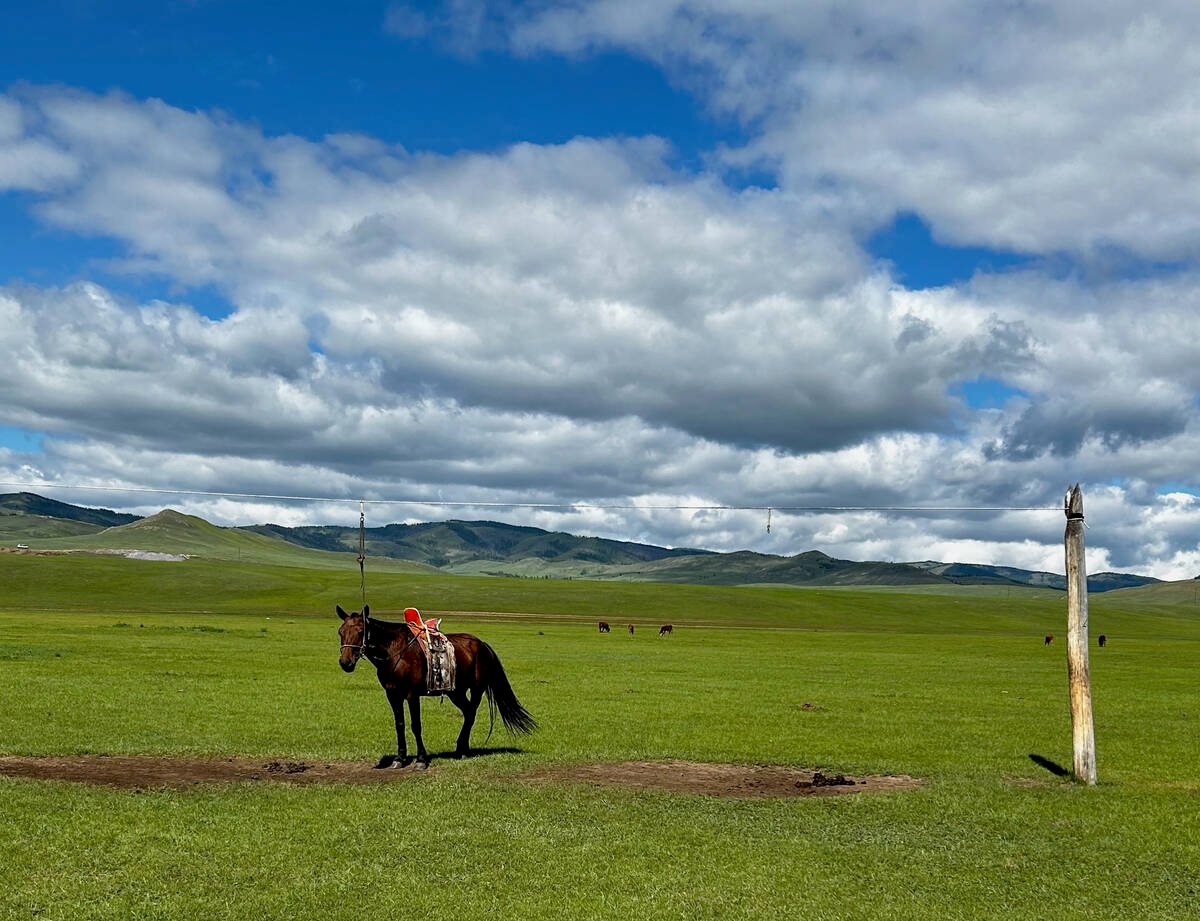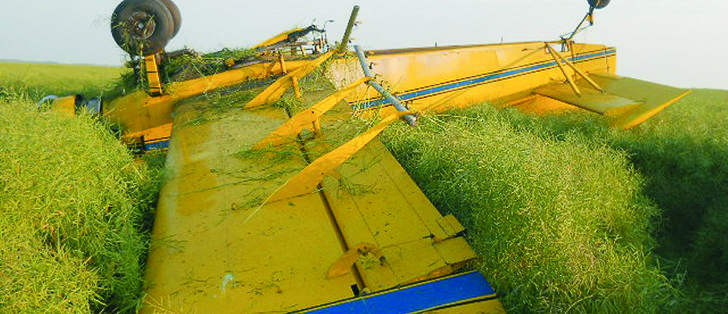Three incidents in four days | Officials are investigating multiple spray plane crashes in Sask.
Three spray plane crashes in four days has the Transport Safety Board officials and police trying to piece together possible causes.
The accidents, which occurred last week in Saskatchewan, led to one pilot death, one pilot who received minor injuries and one who was able to walk away from the scene.
Near Rose Valley, a 31-year-old male pilot died when his plane went nose-first into a field of oats Aug. 16. The plane, a Piper PA-25 agricultural aircraft is registered to BP Airspray in Rose Valley.
Read Also

University of Saskatchewan experts helping ‘herders’ in Mongolia
The Canadian government and the University of Saskatchewan are part of a $10 million project trying to help Mongolian farmers modernize their practices.
RCMP and the Transport Safety Board are still investigating and were not releasing the pilot’s name pending next of kin notifications.
TSB regional manager Peter Hildebrand in Winnipeg said an initial investigation appears to show the engine wasn’t developing full power when the plane came down.
“We had a look at the site and it indicates a fairly high rate of vertical decent and not much forward speed,” he said.
“The propeller doesn’t show a lot of rotational speed at the time of impact. It’s bent mostly back, which indicates not much engine power.”
Hildebrand said the TSB is still looking for answers in Winnipeg as it further analyzes pieces of aircraft collected from the crash site.
In Wadena, RCMP report that a crash near Quill Lake involved engine failure. In that incident, the pilot was able to set the aircraft down in a neighbouring canola field, however the canola became caught up in the landing gear. It brought the aircraft to a sudden stop and rolled forward coming to rest upside down in the field.
In a third crash, on a farm near Aylsham, the uninjured pilot said one of his plane’s wheels touched the ground while performing a turn.
Staff Sgt. Barry Thomas, whose Nipawin detachment was at the scene, is not surprised by the recent influx of aerial spraying accidents.
“They challenge the laws of physics quite a bit,” he said
“There’s time constraints and contract constraints. I’m sure in some instances they push more than they should. That’s like anything. Truckers do it…” he said.
“These are skillful pilots, just for the job they do. There can be little errors and they know how to crash a plane. They know the safest way to do it and that pays huge dividends obviously.”
Hildebrand cannot account for the recent number of crashes but recognizes there is increased field activity this time of year because of the state of the crops and pest control.
“There is not much margin for error when something goes wrong. The type of flying that they’re doing involves an elevated level of risk,” he said.
“It’s unfortunate that so many happened in one week and we hope that doesn’t continue.”
“This is probably the most concentrated level of accidents that we’ve seen in this business this summer. Is it a statistical anomaly or is there something that’s more ongoing, we can’t really tell yet.”
- Saskatchewan Aerial Applicators Association members: 48.
- Alberta Aerial Applicators Association members: 63 (includes 18 associated business members).
- Canadian Aerial Applicators Association members: 169.
















